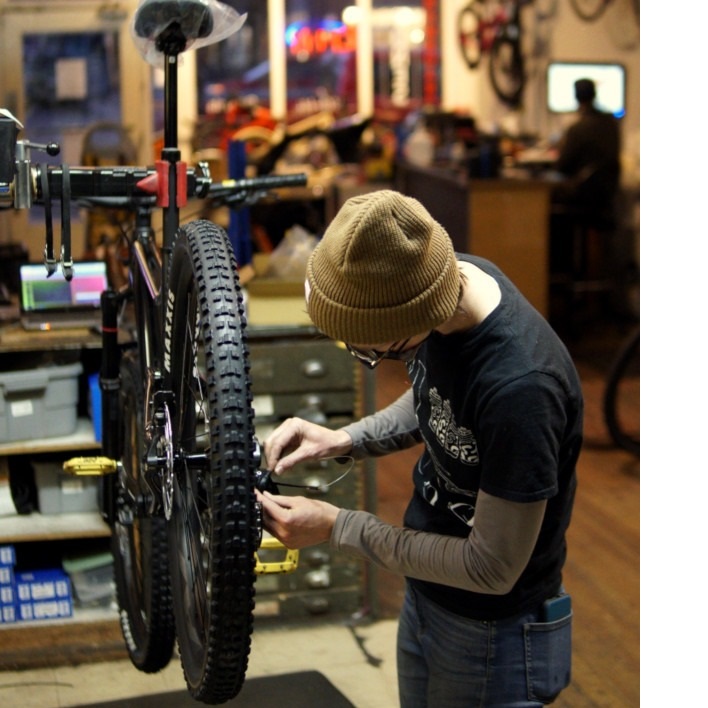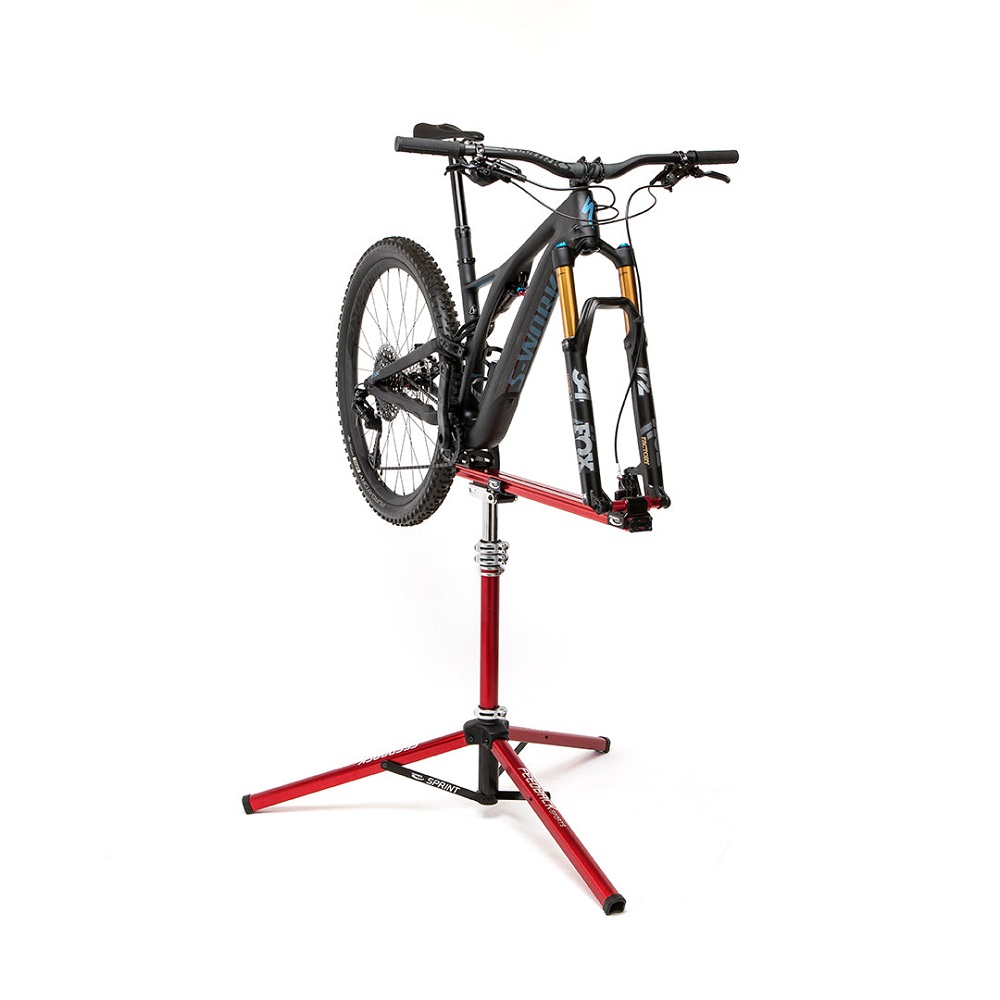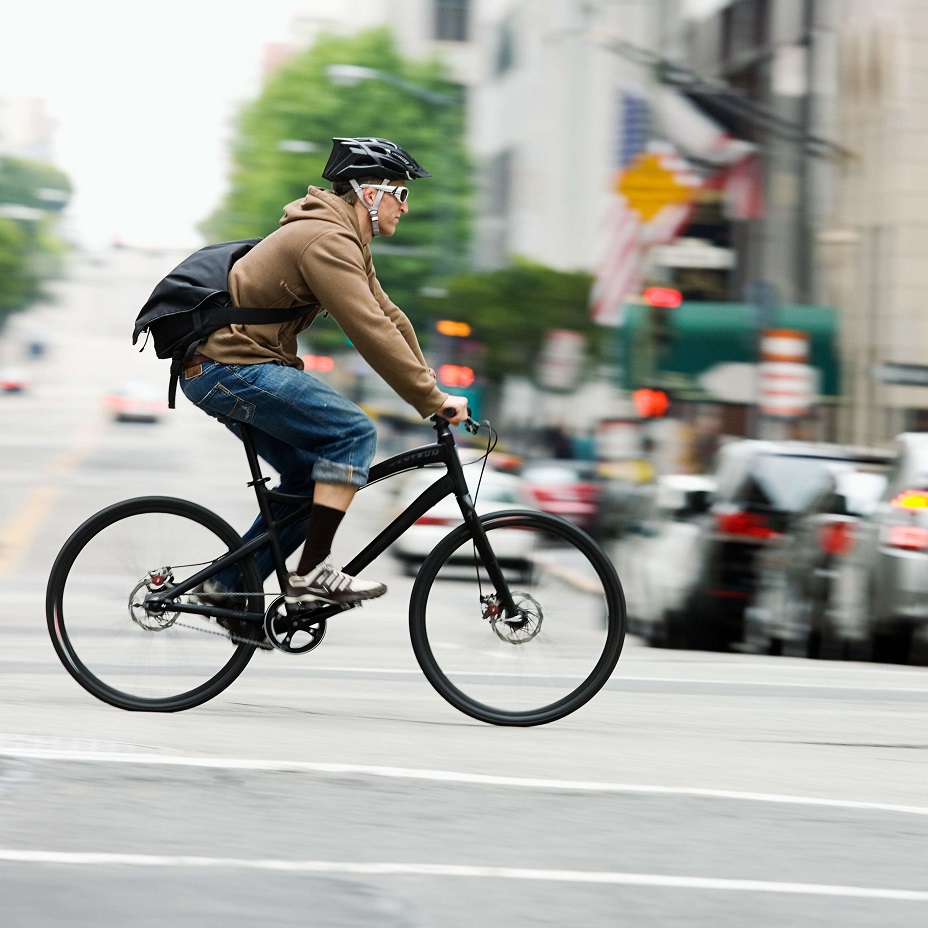Introduction
Bicycles are fantastic machines. They allow us to explore the outdoors, commute to work, and enjoy leisurely rides. To keep them running smoothly and safely, regular tune-ups are essential. A tune-up ensures your bike is in top shape. In this guide, we will cover everything you need to know about bicycle tune-ups. This article will delve into common maintenance tasks, tools required, and tips to keep your bike in great condition.
What is a Bicycle Tune-Up?
A bicycle tune-up includes several maintenance tasks. The goal is to inspect and adjust key components. This keeps your bike functioning well and ensures your safety during rides. A complete tune-up often involves checking the brakes, gears, tires, and other vital parts. Regular tune-ups can help prevent larger problems in the future. They can also enhance your riding experience.
Importance of Regular Tune-Ups
Regular bicycle maintenance is important for several reasons. First, it helps extend the lifespan of your bike. Components wear out over time, and regular maintenance can help you catch these issues early. Additionally, a well-maintained bike offers a better riding experience. Smooth shifting and responsive brakes make riding more enjoyable. Finally, safety cannot be overlooked. A well-tuned bike is less likely to malfunction, reducing the risk of accidents.
Signs Your Bicycle Needs a Tune-Up
Knowing when to perform a tune-up is crucial. Certain signs can indicate a need for maintenance. Often, you may notice strange noises while riding. This could signal loose parts or insufficient lubrication. Another sign is difficulty in shifting gears. If your bike struggles to change gears smoothly, it may need adjusting. Similarly, if your brakes feel soft or unresponsive, it’s time for a closer look. Tires that are unevenly worn or flat also indicate that your bike requires attention.
Listening to Your Bike
Listening to your bike is a valuable skill. Many problems will give off specific sounds. For example, a clicking noise may point to issues with the chain. If you hear grinding sounds, your gears may be misaligned. Pay attention to any unusual noises as you ride. This awareness can save you a lot of trouble later on.
Tools You’ll Need for a Tune-Up
Before you start your tune-up, it’s essential to have the right tools. You can often find a basic bike maintenance toolkit. Here are some essential items you’ll need:
Basic Maintenance Tools
A multi-tool is a must-have. It typically includes various wrenches and screwdrivers. Tire levers are crucial for changing flats. A floor pump will help you keep your tires inflated. Chain lube is necessary for smooth operation, as well as a clean cloth for wiping down the chain and components. A bike stand can also be very helpful, allowing you to work comfortably on your bike.
Optional Specialized Tools
If you plan to do more advanced work, certain specialized tools can be invaluable. A torque wrench ensures that you do not overtighten bolts. A chain checker can indicate chain wear, helping you avoid more significant issues. A brake bleeder may be necessary for hydraulic brakes. Having these specialized tools can simplify complex repairs.
Step-by-Step Bike Tune-Up
Now that you have the tools ready, it’s time to get started. A comprehensive bike tune-up involves several steps. Let’s break it down step by step.
Step 1: Clean Your Bike
Begin with cleaning your bike. Use water and soap to scrub off dirt. Pay special attention to the frame, gears, and chain. A clean bike will make it easier to spot worn parts. Use a soft brush for hard-to-reach areas. Don’t forget to rinse and dry it with a cloth.
Step 2: Check the Tires
Proper tire pressure is critical. Use a pump to inflate your tires to the recommended PSI. Check for any signs of wear or damage. Look for cracks or flat spots on your tires. If you find any issues, it might be time to replace them. Ensure your tires are regularly rotated and aligned as well.
Step 3: Inspect the Brakes
Next, inspect the brakes. Squeeze the levers to see if they feel firm. If they feel spongy, there might be air in the lines or worn pads. Look at the brake pads. They should have enough material left. If they are worn down, it’s time to replace them. Ensure that the brake cables are not frayed and are adequately adjusted.
Step 4: Adjust the Gears
Shifting issues are common. Check if your bike shifts smoothly through all gears. If it skips or is slow to respond, the derailleur may need adjustment. Inspect the cables for fraying and rust. Clean and lube the chain to improve gear shifting. A well-lubed chain can prevent premature wear and prolong the life of your components.
Step 5: Lubricate Moving Parts
Lubrication is essential for smooth operation. Apply lubricant to the chain, pivot points, and brake levers. Use light oil rather than heavy grease. Too much lubricant can attract dirt and grime, so be conservative. Wipe off excess lubricant with a cloth after application.
Step 6: Final Inspection
Finally, conduct a thorough inspection before your next ride. Check wheel alignment and ensure everything is tight and in place. Go for a short test ride to ensure there are no noises or issues. This final check can help identify problems you may have missed.
Common Mistakes to Avoid During Tune-Ups
While tuning up your bike, there are common mistakes to be aware of. Understanding these can help you perform better maintenance.
Ignoring Signs of Wear
Failure to notice signs of wear can lead to bigger issues. If something feels or sounds wrong, don’t ignore it. Address these problems as soon as possible. A small issue can become a significant problem if not taken care of.
Over-Lubricating
Using too much lubricant can trap dirt and debris. This can lead to a buildup of grime, which can wear out your components more quickly. Remember to apply lubricant sparingly. Wipe off any excess after application.
Skipping Cleaning Steps
Many people skip cleaning before performing a tune-up. Cleaning is critical for proper adjustments and inspections. A clean bike allows you to see issues more clearly. Make cleaning an integral part of your maintenance routine.
Not Following Manufacturer Guidelines
Every bike is different, and following manufacturer guidelines is key. Check your user manual for specific maintenance requirements. Manufacturers often provide valuable information that can help prolong your bike’s life.
Conclusion: Keeping Your Bike Tuned-Up
Regular bicycle tune-ups are crucial for a safe, enjoyable ride. With a few basic tools and some knowledge, you can keep your bike in excellent condition. Listen to your bike, check for signs of wear, and perform routine maintenance. By following our guide, you can help ensure that your bike stays in great shape. You will enjoy many more smooth rides for years to come. Whether you are a casual rider or a cycling enthusiast, understanding tune-ups is essential for every cyclist.
Frequently Asked Questions about Bicycle Tune-Ups
How Often Should I Tune Up My Bicycle?
The frequency of tune-ups can vary. A good rule of thumb is to have a comprehensive tune-up every six months. However, if you ride often or in varying weather conditions, more frequent maintenance may be necessary. Pay attention to how your bike is performing. If you notice issues, don’t hesitate to check it.
Can I Tune Up My Bike Myself?
Yes, you can tune up your bike yourself. Many bike maintenance tasks are simple and can be done with basic tools. However, if you are uncomfortable with any repairs, consider visiting a local bike shop. Professionals can help with more complicated issues.
What If I Don’t Ride My Bike Often?
Even if you don’t ride often, regular maintenance is still necessary. Dust and moisture can build up, leading to problems down the line. Periodically check your bike and perform maintenance even if it sits unused. This will keep your bike ready for those spontaneous rides.
How Can I Make My Tune-Up Last Longer?
To make your tune-up last longer, clean your bike regularly. Keeping it clean will help prevent wear and tear. Pay attention to how you ride as well; avoiding rough terrain can prolong the life of your components. Store your bike in a dry place to avoid rust.
What Should I Do if I Notice a Problem During a Tune-Up?
If you notice a problem during your tune-up, address it immediately. For minor issues, you may be able to fix them yourself. For more significant problems, consider taking your bike to a professional. Do not ignore any signs of trouble, as they may lead to larger issues in the future.
By staying proactive about bike maintenance, you can keep riding for years to come. Your bike will be a reliable companion on the road, ready for any adventure. Happy riding!





